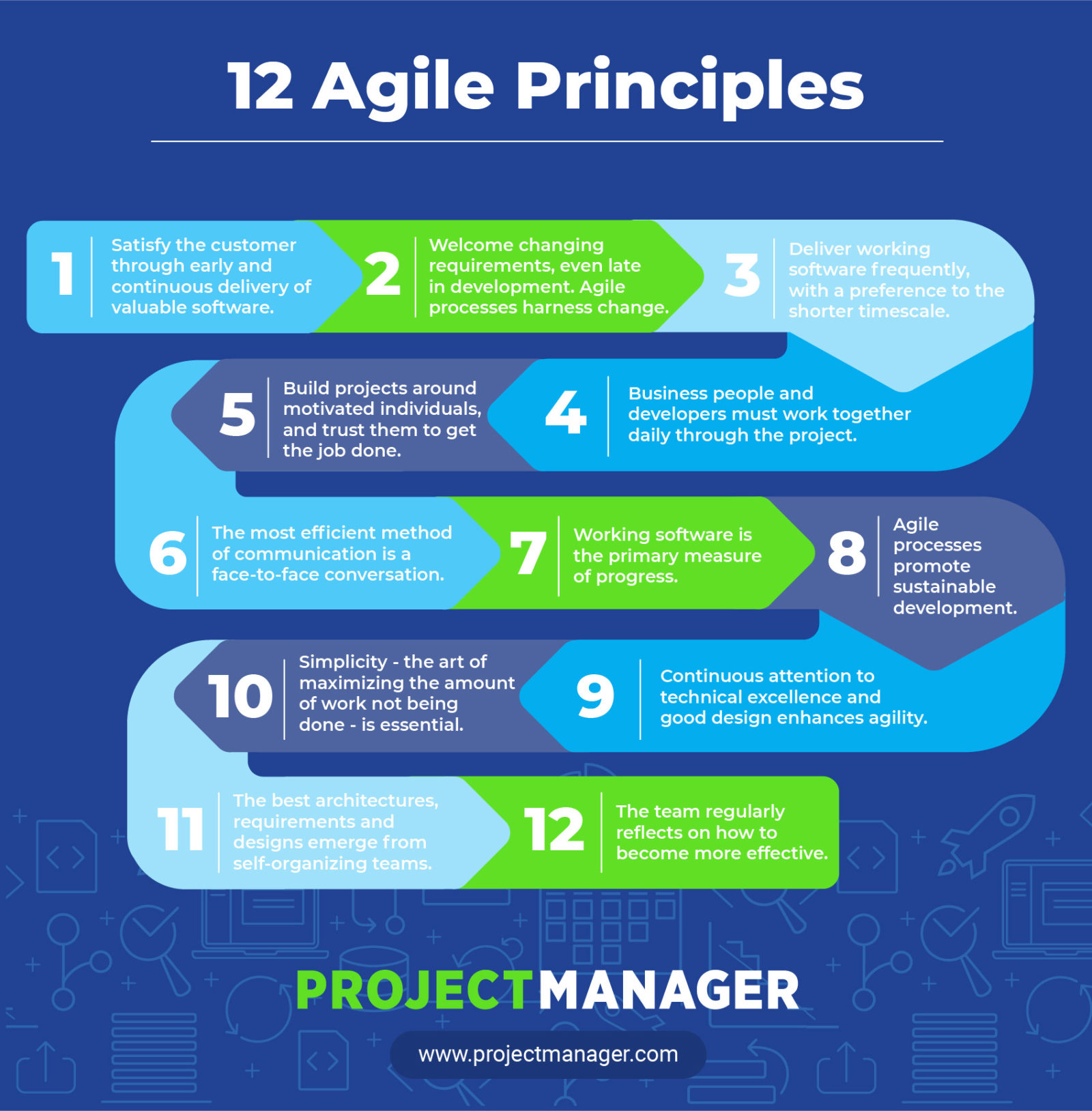서해패키징 시스템즈
The Best Partner of Your Business
Agile Layout - Streamlining Item Advancement for Faster Results
Zora
0
2
11.21 10:17
Introduction
Agile Style is changing the way teams develop, examination, and launch products. Integrating dexterous technique with style reasoning, Agile Style offers a versatile and repetitive strategy that enables groups to respond rapidly to market changes, incorporate user feedback, and continuously boost item quality. As organizations significantly intend for a much faster time-to-market and a better user experience, Agile Layout has become an important approach.
What is Agile Design?
At its core, Agile Style is the mix of active development principles with user-centered design strategies. Unlike traditional methods that depend on considerable in advance planning, Agile Layout motivates iterative cycles and rapid comments. This framework focuses on developing user-focused options by adjusting to responses throughout the advancement process, decreasing the risk of missed out on requirements or late-stage changes. Agile Layout inevitably leads to an item that meets customers' needs a lot more successfully.
Key Concepts of Agile Design
User-Centric Strategy: Agile Layout positions users at the. By constantly testing and refining based on responses, designers ensure the product lines up with real-world individual assumptions and needs.
Collaboration: Agile Layout highlights team effort, damaging down silos and urging close cooperation between designers, designers, and stakeholders. This enhances interaction and guarantees that each staff member's understandings inform layout options.
Iterative Advancement: Agile Design counts on repetitive cycles-- short, focused sprints of work that lead to fast models and fast screening. This allows groups to recognize and repair issues early, boosting both rate and quality.
Adaptability: Agile Style adjusts to transforming demands throughout the job. Teams focus on versatility, adjusting as individual requirements progress or market conditions shift.
Benefits of Agile design tools Design
Agile Design offers several vital benefits. It accelerates time-to-market by creating room for fast modifications, decreases thrown away resources, and decreases the danger of providing a product that disappoints individual expectations. In Addition, Agile Layout cultivates a culture of flexibility, making it easier for groups to pivot as brand-new understandings emerge.
 Executing Agile Layout
Executing Agile Layout
To carry out Agile Design, beginning by breaking down the design procedure into sprints, establishing clear goals for every phase. Foster a society of cross-functional collaboration by urging interaction between all included teams. Regularly examination layouts with actual customers to ensure that the item remains straightened with advancing demands.
Combining nimble method with layout thinking, Agile Style uses an adaptable and iterative technique that enables groups to react promptly to market changes, include customer responses, and continually improve item high quality. At its core, Agile Design is the blend of active growth principles with user-centered design techniques. Agile Design eventually leads to an item that meets customers' requirements a lot more effectively.
To apply Agile Style, beginning by damaging down the layout procedure into sprints, setting clear purposes for each stage.
Agile Style is changing the way teams develop, examination, and launch products. Integrating dexterous technique with style reasoning, Agile Style offers a versatile and repetitive strategy that enables groups to respond rapidly to market changes, incorporate user feedback, and continuously boost item quality. As organizations significantly intend for a much faster time-to-market and a better user experience, Agile Layout has become an important approach.
What is Agile Design?
At its core, Agile Style is the mix of active development principles with user-centered design strategies. Unlike traditional methods that depend on considerable in advance planning, Agile Layout motivates iterative cycles and rapid comments. This framework focuses on developing user-focused options by adjusting to responses throughout the advancement process, decreasing the risk of missed out on requirements or late-stage changes. Agile Layout inevitably leads to an item that meets customers' needs a lot more successfully.
Key Concepts of Agile Design
User-Centric Strategy: Agile Layout positions users at the. By constantly testing and refining based on responses, designers ensure the product lines up with real-world individual assumptions and needs.
Collaboration: Agile Layout highlights team effort, damaging down silos and urging close cooperation between designers, designers, and stakeholders. This enhances interaction and guarantees that each staff member's understandings inform layout options.
Iterative Advancement: Agile Design counts on repetitive cycles-- short, focused sprints of work that lead to fast models and fast screening. This allows groups to recognize and repair issues early, boosting both rate and quality.
Adaptability: Agile Style adjusts to transforming demands throughout the job. Teams focus on versatility, adjusting as individual requirements progress or market conditions shift.
Benefits of Agile design tools Design
Agile Design offers several vital benefits. It accelerates time-to-market by creating room for fast modifications, decreases thrown away resources, and decreases the danger of providing a product that disappoints individual expectations. In Addition, Agile Layout cultivates a culture of flexibility, making it easier for groups to pivot as brand-new understandings emerge.
 Executing Agile Layout
Executing Agile LayoutTo carry out Agile Design, beginning by breaking down the design procedure into sprints, establishing clear goals for every phase. Foster a society of cross-functional collaboration by urging interaction between all included teams. Regularly examination layouts with actual customers to ensure that the item remains straightened with advancing demands.
Combining nimble method with layout thinking, Agile Style uses an adaptable and iterative technique that enables groups to react promptly to market changes, include customer responses, and continually improve item high quality. At its core, Agile Design is the blend of active growth principles with user-centered design techniques. Agile Design eventually leads to an item that meets customers' requirements a lot more effectively.
To apply Agile Style, beginning by damaging down the layout procedure into sprints, setting clear purposes for each stage.
